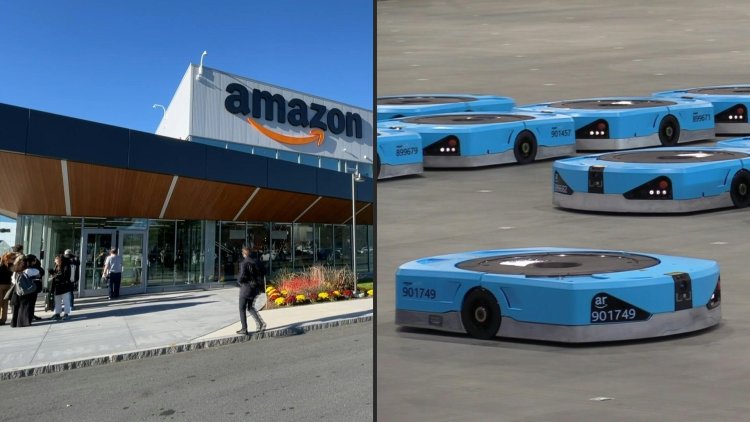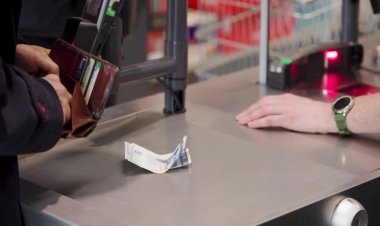Will robots replace humans at Amazon?

At Amazon's robotics laboratory on the outskirts of Boston, Massachusetts, the company's newest automaton "Sparrow" picks out items to be shipped to customers, displaying human hand-like dexterity.
It is the e-commerce giant's most advanced robot yet and could soon do the job of the hundreds of thousands of Amazon employees who sort and send five billion packages annually.
The development of "Sparrow," and other robots like "Robin" and "Cardinal," are fueling fears that Amazon's warehouses will one day be run by machines, leading to huge layoffs.
Amazon's robotics chief Tye Brady plays down such concerns, which have been expressed by labour unions.
"It's not machines replacing people," he tells journalists during a tour of the laboratory, which opened in Westborough in October last year.
"It's actually machines and people working together in order to collaborate to do a job."
Equipped with cameras and cylindrical tubes, Sparrow can successfully detect and select an individual item from millions of products of different shapes and sizes.
It gently sucks up items that arrive on a conveyor belt and distributes them into the appropriate basket in front of it using its robotic arm.
Robin and Cardinal can only redirect entire packages, making Sparrow Amazon's first robot to be able to handle individual products.
Working with the robotic trio is a small army of machines, including "Proteus," which can carry hundreds of kilograms of items around warehouses.















